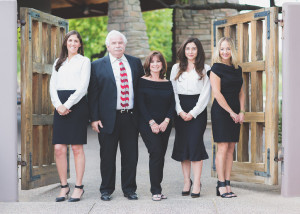 By Joe Szabo, Scottsdale Real Estate Team
When it comes time to sell your home, you know you’ll need to spend some time cleaning the carpets, decluttering, and landscaping for maximum curb appeal. But there’s another key task to add to your to-do list: checking in with your local government to be sure it has accurate information about your home.
No matter the type or size of your home or where it is, your local municipality has documentation on it. Both the building department and the town assessor will have a record about your home. But those records may not match your home’s reality — and any issues you don’t resolve could hold up your sale or even kill the deal altogether.
By Joe Szabo, Scottsdale Real Estate Team
When it comes time to sell your home, you know you’ll need to spend some time cleaning the carpets, decluttering, and landscaping for maximum curb appeal. But there’s another key task to add to your to-do list: checking in with your local government to be sure it has accurate information about your home.
No matter the type or size of your home or where it is, your local municipality has documentation on it. Both the building department and the town assessor will have a record about your home. But those records may not match your home’s reality — and any issues you don’t resolve could hold up your sale or even kill the deal altogether.
The One Thing You Must Do Before Listing Your Home for Sale By Joe Szabo, Scottsdale Real Estate Team
 By Joe Szabo, Scottsdale Real Estate Team
When it comes time to sell your home, you know you’ll need to spend some time cleaning the carpets, decluttering, and landscaping for maximum curb appeal. But there’s another key task to add to your to-do list: checking in with your local government to be sure it has accurate information about your home.
No matter the type or size of your home or where it is, your local municipality has documentation on it. Both the building department and the town assessor will have a record about your home. But those records may not match your home’s reality — and any issues you don’t resolve could hold up your sale or even kill the deal altogether.
By Joe Szabo, Scottsdale Real Estate Team
When it comes time to sell your home, you know you’ll need to spend some time cleaning the carpets, decluttering, and landscaping for maximum curb appeal. But there’s another key task to add to your to-do list: checking in with your local government to be sure it has accurate information about your home.
No matter the type or size of your home or where it is, your local municipality has documentation on it. Both the building department and the town assessor will have a record about your home. But those records may not match your home’s reality — and any issues you don’t resolve could hold up your sale or even kill the deal altogether.

 By
By  By
By  By
By  By
By  By
By  By
By  By
By  By
By 


